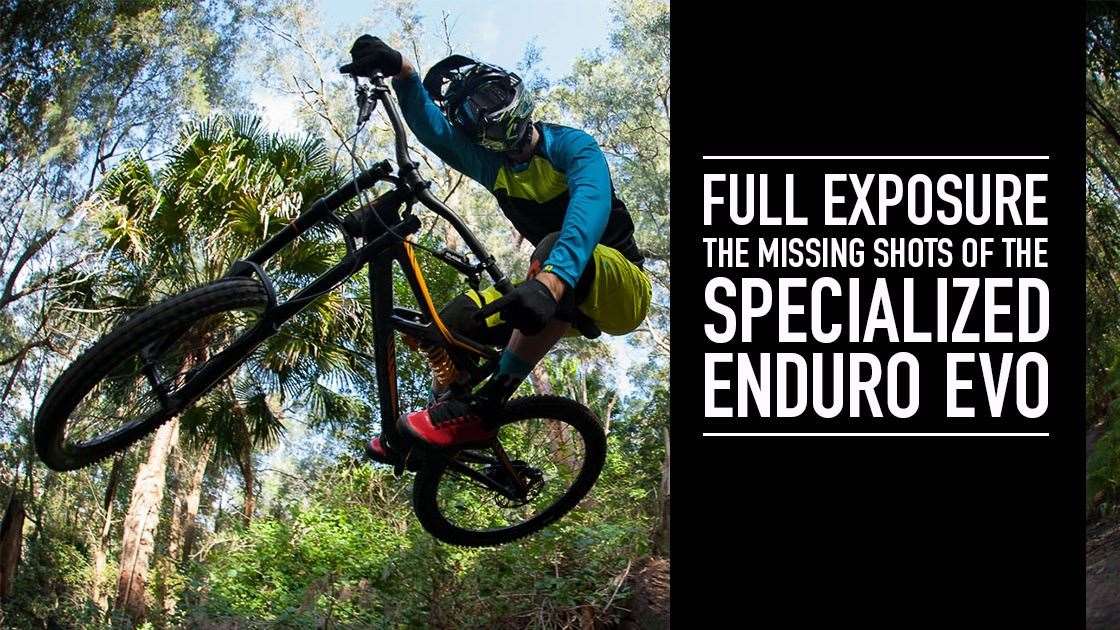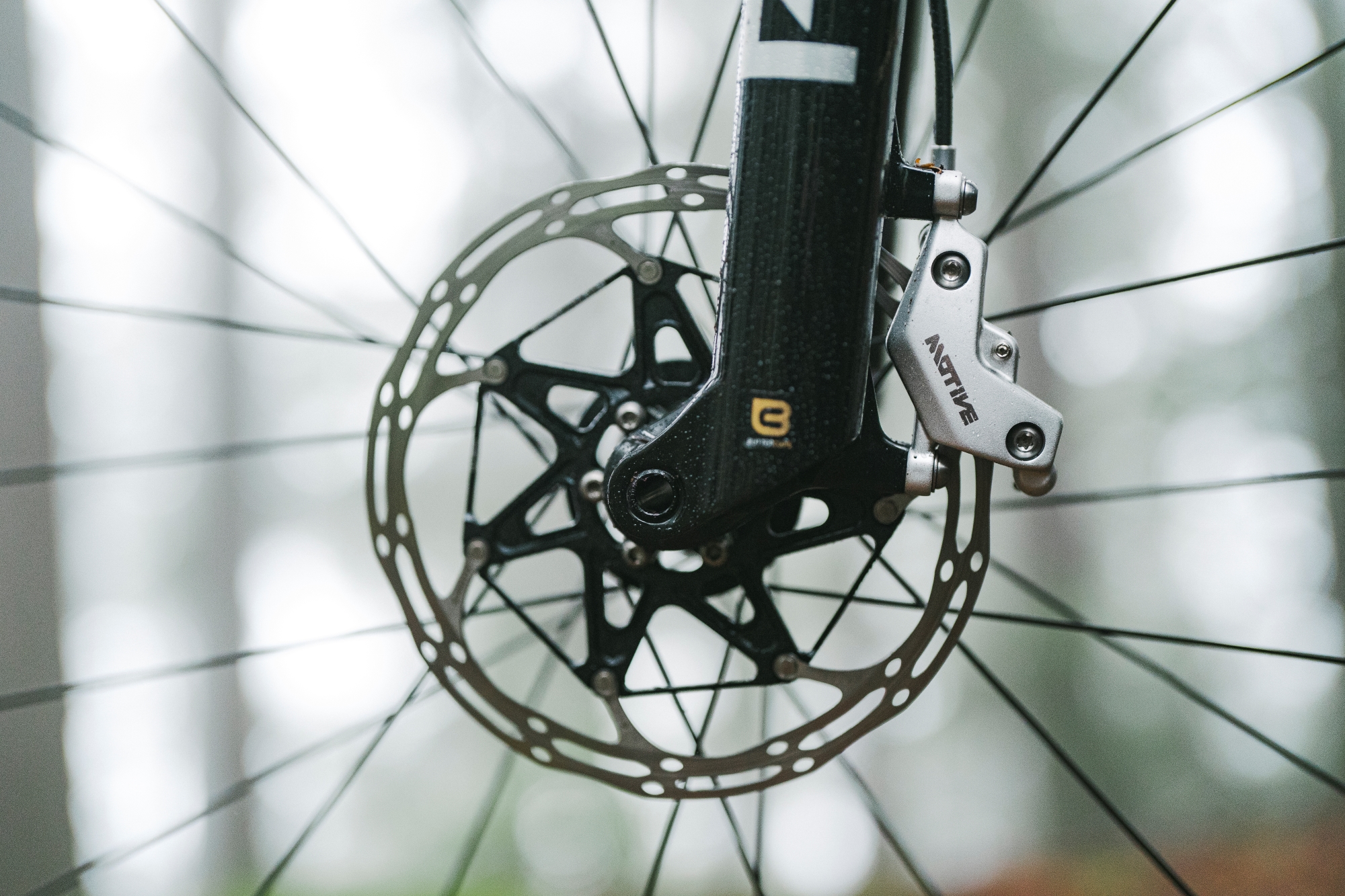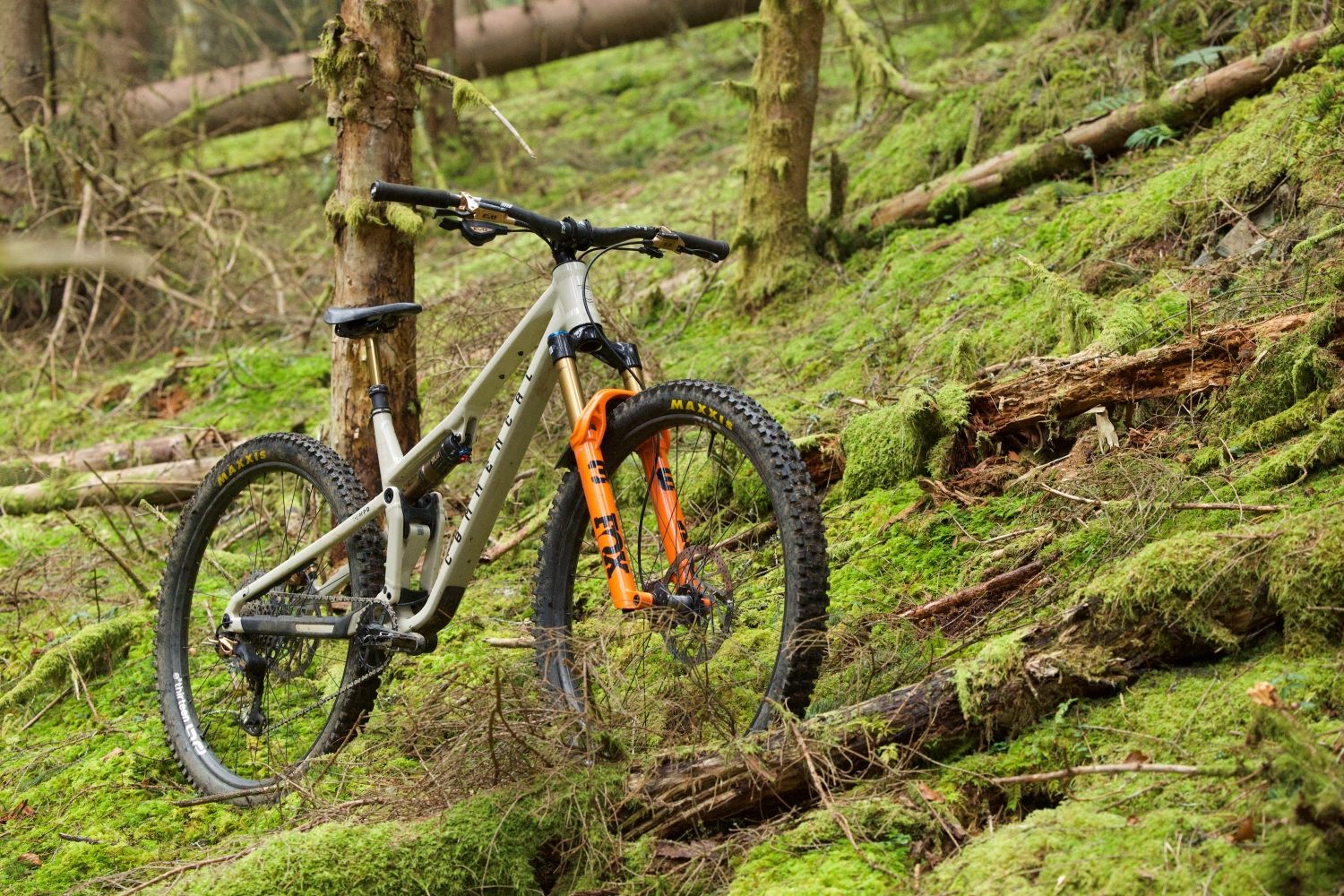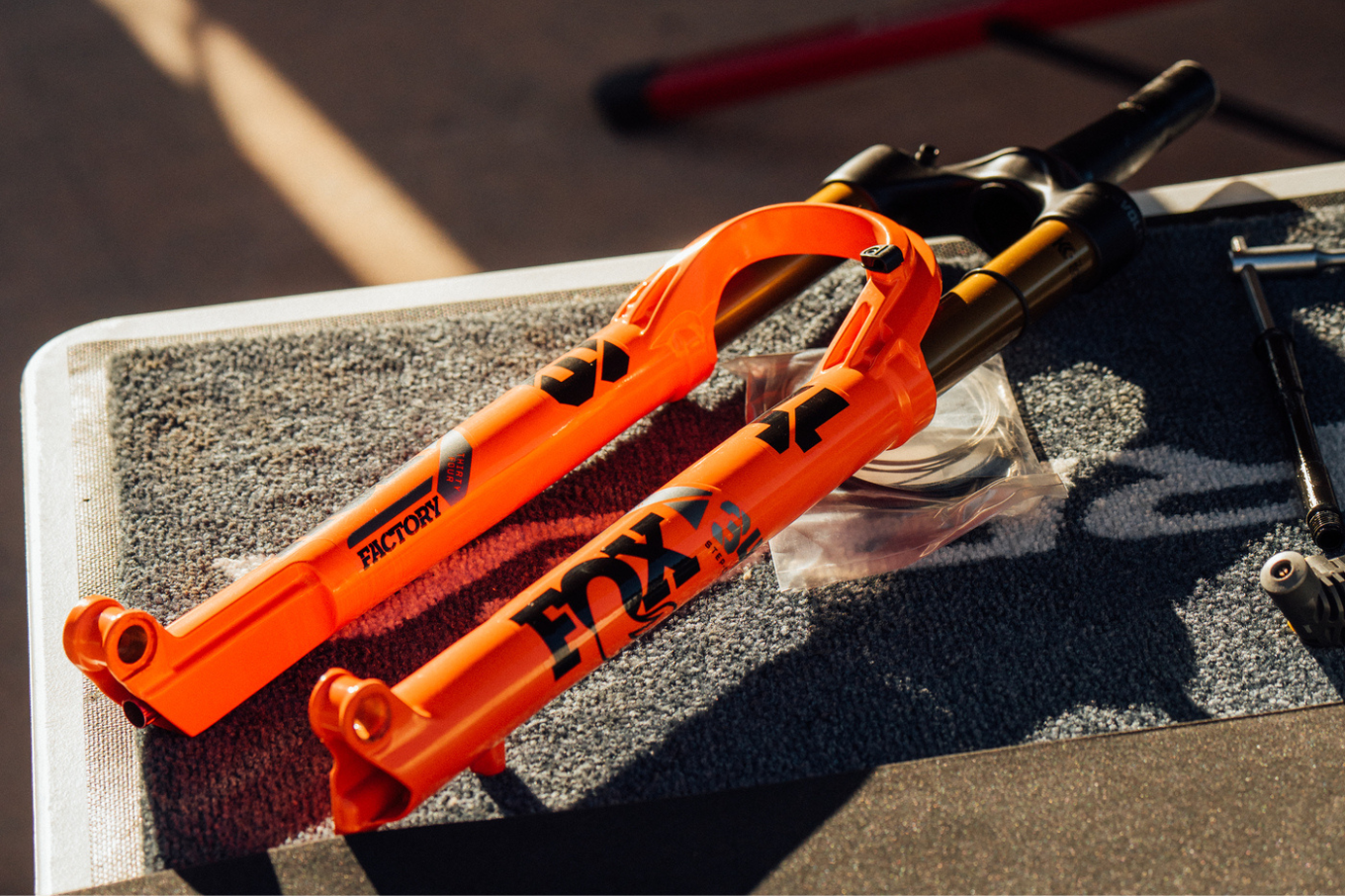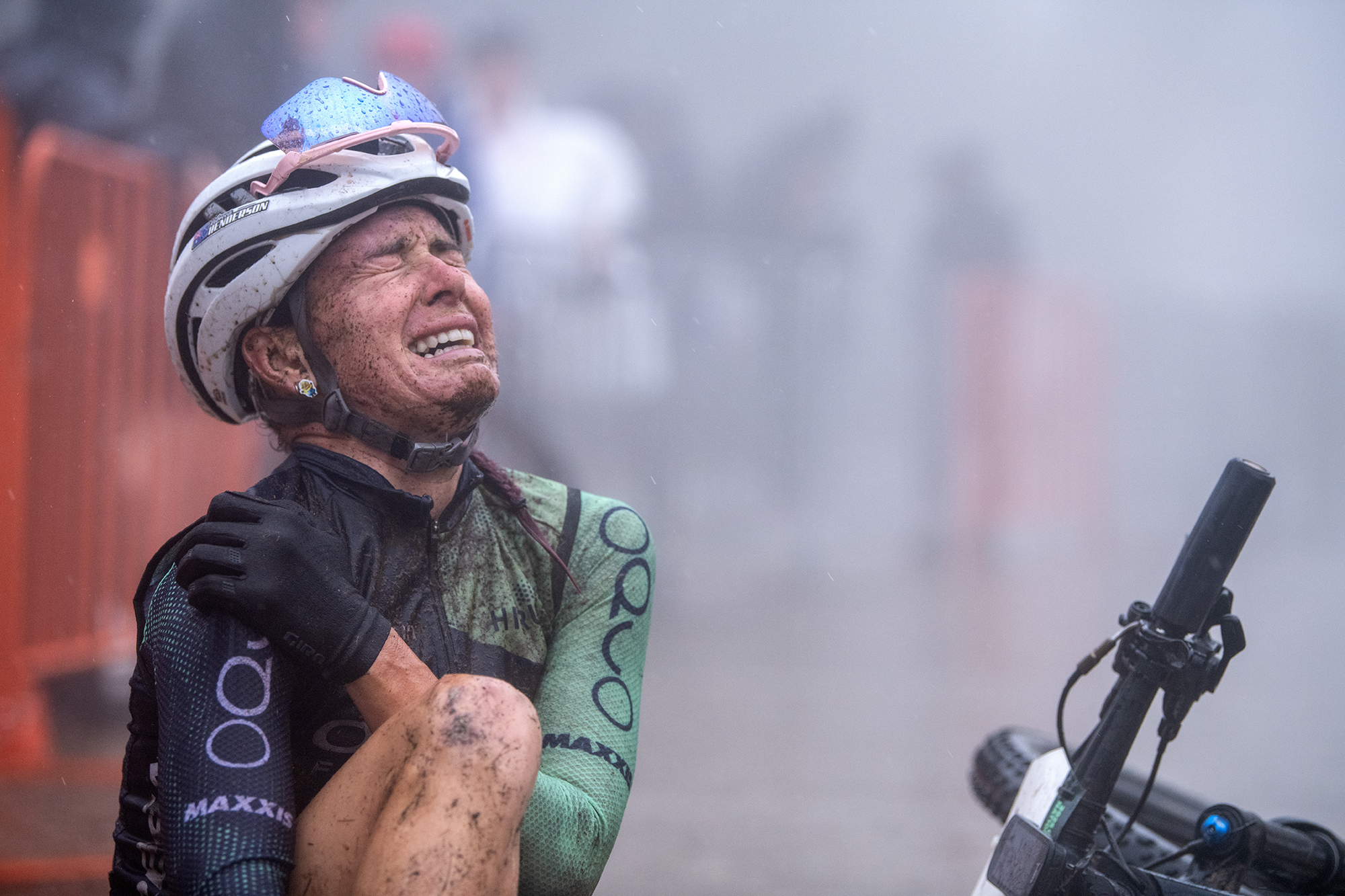Full Exposure - The Specialized Enduro Evo
Short travel downhill bikes have been on the scene for quite a few years now, as more and more ‘pedally’ style tracks are popping up on the World Cup circuit.
Short travel downhill bikes have been on the scene for quite a few years now, as more and more ‘pedally’ style tracks are popping up on the World Cup circuit. The specific nature of the bikes lends these bikes to being a secondary downhill bike for a pro rider, and most definitely an N+1 bike to most riders out there.
Specialized is definitely a household name in the mountain biking world. The big S has been innovating, developing and revolutionising the cycling world since 1974. The brand has stood behind legends in cycling from Fabian Cancellara to Shaun Palmer and Sam Hill. With a pedigree for racing, the Specialized Enduro Evo on test seemed intended to do just that.
With many tracks on the World Cup circuit becoming more “bike park” style, there has been more and more call for bikes that offer shorter travel, but with downhill bike confidence. Specialized have created a bike that I thought we would only ever see as a prototype under the likes of Aaron Gwin or Troy Brosnan. I first saw a similar bike early last year at Pietermaritzburg and later again in Cairns. Seeing this bike first hand tear down the motorway of a course in South Africa was a sight to say the least. Seeing the machine again being raced in Cairns on what seemed to be one of the hardest downhill tracks of 2014 showed me the bike had more potential then a mere “Worlds style” or South Africa bike. The bike was a specific racing machine, a sight to behold but most definitely an N+1 to the collection, especially with the $6,999 price tag attached.
The Evo line of bikes from Specialized has been around for quite a few years now, it offers their regular models with a bit more travel, slacker angles and a more aggressive ride. The Enduro Evo is no different to this, the bike delivers 180mm front and rear through a 7 inch Boxxer fork and Öhlins rear shock, as opposed to its smaller brother with 160mm front and 165mm rear. The head angle comes in a degree slacker too at 64.5 and the bottom bracket remains the same.
On closer inspection you find that the build kit for this bike has been very carefully chosen, this bike isn’t just a beefed up Enduro; it is a short travel race bike. As I went over the bike more and more there were parts that really seemed to impress me beyond the custom 7” boxer fork and the Öhlins TTX rear shock. The 7 speed conversion on the Roval wheel set was fitted with the 36 step DT Swiss ratchets (my favorite DT Swiss upgrade), and the rest of the build had SRAM X0, Thompson and custom Sram Guide/Code brakes. The build is bombproof, smart and very well thought out. A solid build kit and good geometry numbers aside though I wanted to see exactly how this bike would perform on the trail. Was this a similar bike to the one I saw at World Cup races? Or was it more of a Franken-bike? I was interested to say the least.
On the Trail
My first ride on the bike was at a local club downhill race. The track at Ourimbah was the first track I ever raced at, and also the first time I saw a “World Champs” style bike in the flesh, being ridden by Fabian Barel (a custom 170mm Mondraker). The track has rough sections, tight areas, big jumps and a moderate pedal in the middle. I thought it only fitting with such a track and previous pedigree to race the bike here to see how it would perform.
Through the first few corners I was hesitant with how the bike was going to react to some of the loose berms at the top of the track, but the more corners I went through the more it seemed I could lay the bike over and by the 6th corner I forgot I was on a new and foreign bike. Cornering with the bike felt great, this is due to a good BB height and the use of two high-end suspension units both using a coil spring. The use of coil suspension created a great balance on the bike and matched with a 27.5” wheel was confidence inspiring. The bike seemed to pop out of corners as well which was a nice surprise, with the new Charger cartridge in the Boxxer and a progressive suspension curve on the rear shock the bike does tend to ramp up in the suspension which is how I like my bikes set up, to allow them to be playful.
The progressive nature of the suspension paired with a lightweight bike really does make this bike playful to ride. The bike has a certain pop to it when jumping which makes pumping the bike through gaps just that much easier. The bike felt light to ride and could be manhandled around to put it exactly where you wanted it to be on the track. Setting up the suspension was a breeze, the new Boxxer forks have cut away a lot of the adjustment which I found to be just a little over the top, the rear shock by Öhlins is the same and offers limited adjustment. This may sound scary to some, but I feel with suspension less can be more. As long as the tune of the shock is right (which it was on this bike), I prefer less adjustment so I’m not getting caught up between 12 clicks of compression versus 13. The only negatives I had with the shock was after half a day two of the adjustment knobs had nearly rattled off, not a huge deal, but not what I would have expected from such an expensive shock.
Heading down to the motorway of the track the first thing I thought was this bike is bloody quick! The larger wheel of the 27.5” I feel has been a great development in the downhill mountain bike world, allowing the bikes to roll faster while still having a feel that can be thrown around. The speed of the bike also came down to the tyre choice of Specialized. With a 2.5” Specialized Butcher at the front for optimal grip, but then a 2.35” Specialized Slaughter tyre out back, the combination was perfect for the track and after riding the bike on other tracks I found this tyre combo to be pretty perfect for almost all downhill tracks I ride and even more perfectly matched to the bike. The only draw back I found from the Slaughter was it wasn’t as quick to stop due to small center knobs not biting in as quickly as a larger knobbed tire, but this was a small thing. The bike would still stop especially under the custom and super powerful Guide/Code combo, but would take a little longer to come to a complete stop.
The Roval wheel with DT Swiss internals also lend themselves to the bike going fast downhill. Great quality bearings, matched with a 36-ratchet upgrade meant the engagement of the rear hub was instantaneous. The rims though seem to be ‘race’ rims, and by this I mean they are a little on the soft side. Soft rims are great in a race because the rim will usually dent instead of pinch flatting your tube, DT-Swiss are notorious for this and the Roval rims do look very similar. Personally I don’t have a huge problem with softer rims, especially on this bike as it seems to be a very specific race bike, but they do need to be replaced especially if running tubeless. You might find the rims may dent a little easier then expected, but this really depends on how hard you ride the bike and how hard you hit what’s on the track. The wheels are also “Tubeless ready” and can be upgraded easily to tubeless with the use of a rim strip, a great option for riders to get rid of tubes from their lives.
As mentioned earlier the build on this bike is a solid one, and delivers only what you need to race on the bike. The 7 speed conversion was a beautiful touch, although it still utilises a 10 speed shifter and derailleur, Specialized have even designed a custom cable stop that sits on the derailleur cable stop the chain going up into the custom chain stopper that sits between the cassette and the wheel. The front end of the drivetrain had a Gamut guide fitted, this is the first time I’ve used a Gamut and I wouldn’t be looking anywhere else after my experience with them. The guide has no moving parts, which is a plus. The chain runs effortlessly on a simple O-ring that sits on the lower roller. The guide was silent, simple and hugely impressive, no chains were dropped and there was no chain slap to be heard when matched with an X0 clutch derailleur. For racing the 36 front chain ring matched with a 7 speed rear is perfect, but if you want to ride back to the top it might be a little limiting.
Our Take
A World Champs style, or shorter travel downhill bike to most will be seen as an N+1bike that you’d love to add to your collection – and it was much the same for myself before I tested the bike. After a few full days of runs on this bike I am hugely impressed. The bike utilises technologies you see on the World Cup level of racing (intriguing my inner bike geek), the ride is playful, the build is strong and light and the suspension is amazingly balanced. As downhill on a world level is based on 203mm bikes I find a lot of people put their nose up at short travel offerings, but in all honesty 180mm is perfect for most Australian tracks. The bike was surprisingly a great ride and appears to be the same as bike ridden by Specialized Racing riders last year. The price tag may seem a lot when comparing to an aluminum Enduro bike, but the price is on the same level as it’s big brother The Demo 8 FSR II [retailing at $7499). A very well thought out bike by Specialized, one I’m going to have a hard time giving back once the testing is done.

